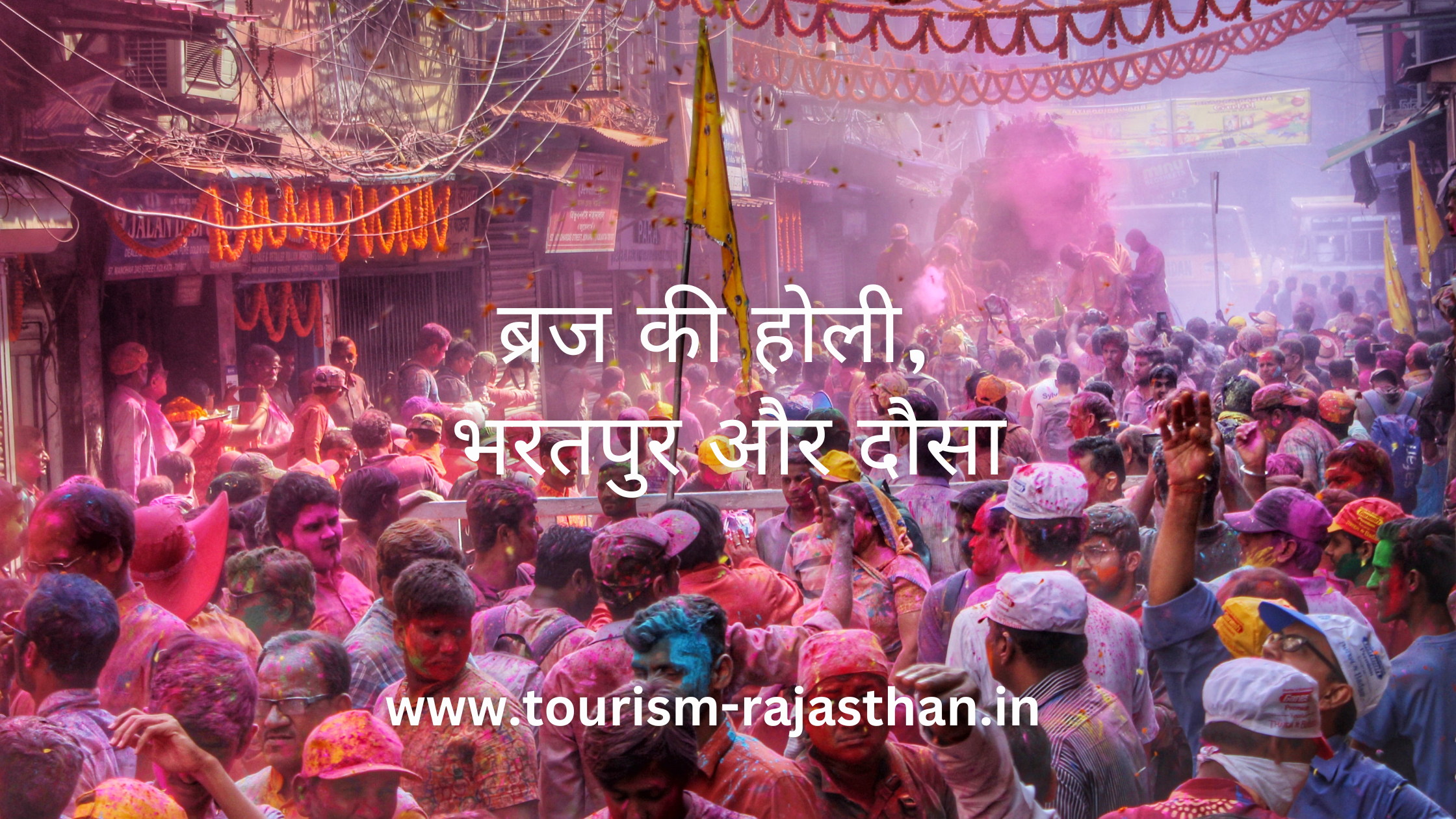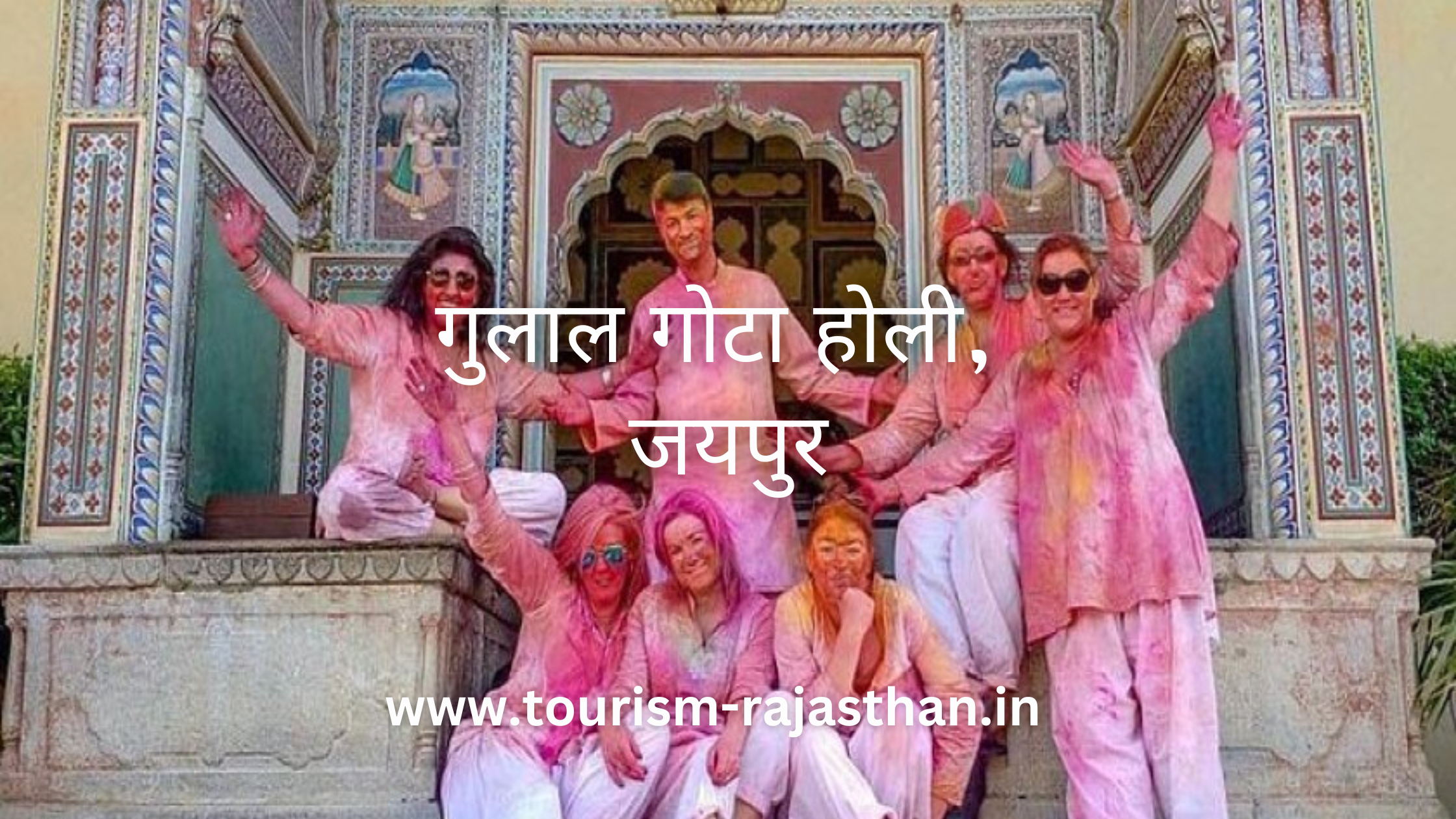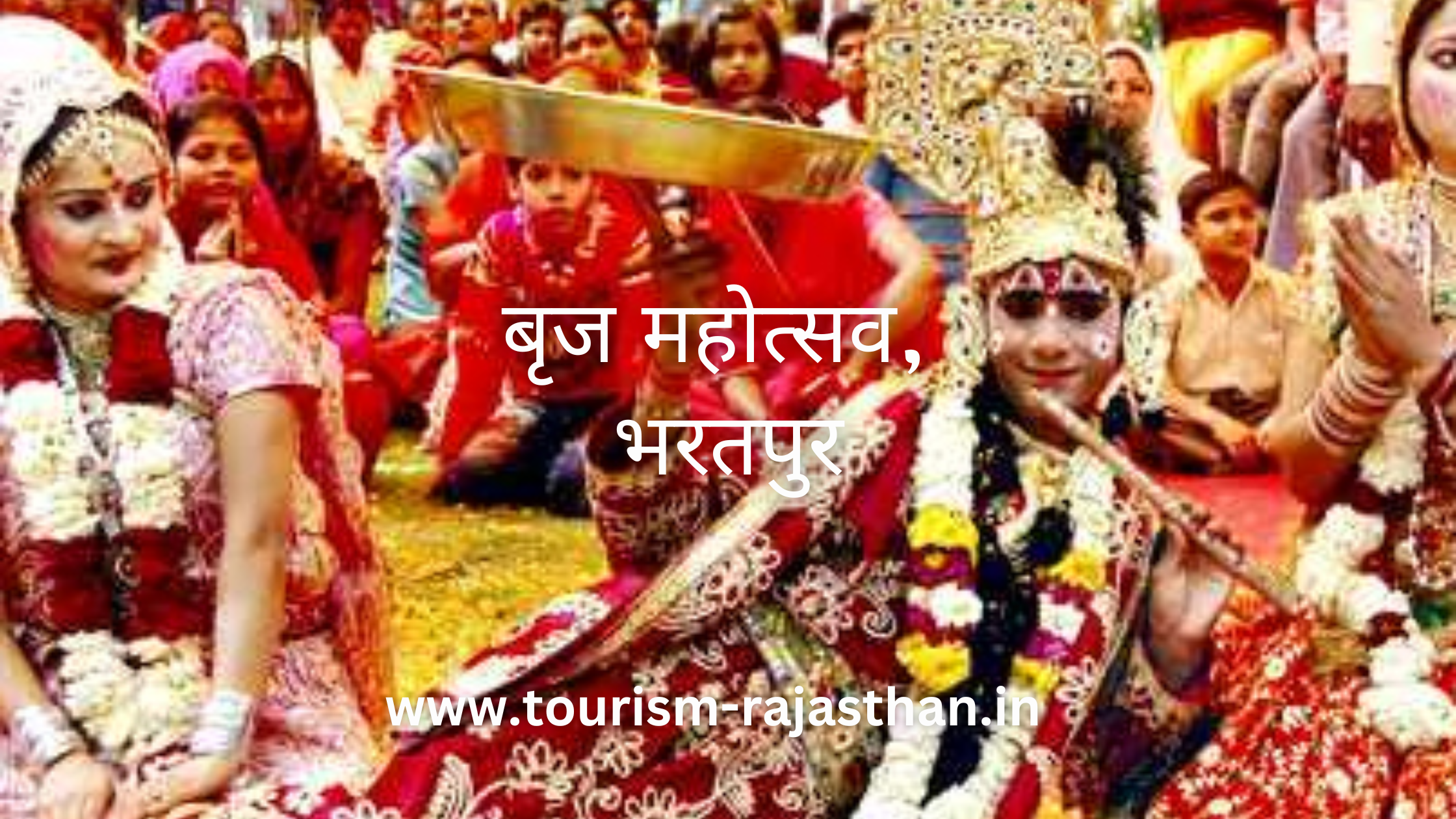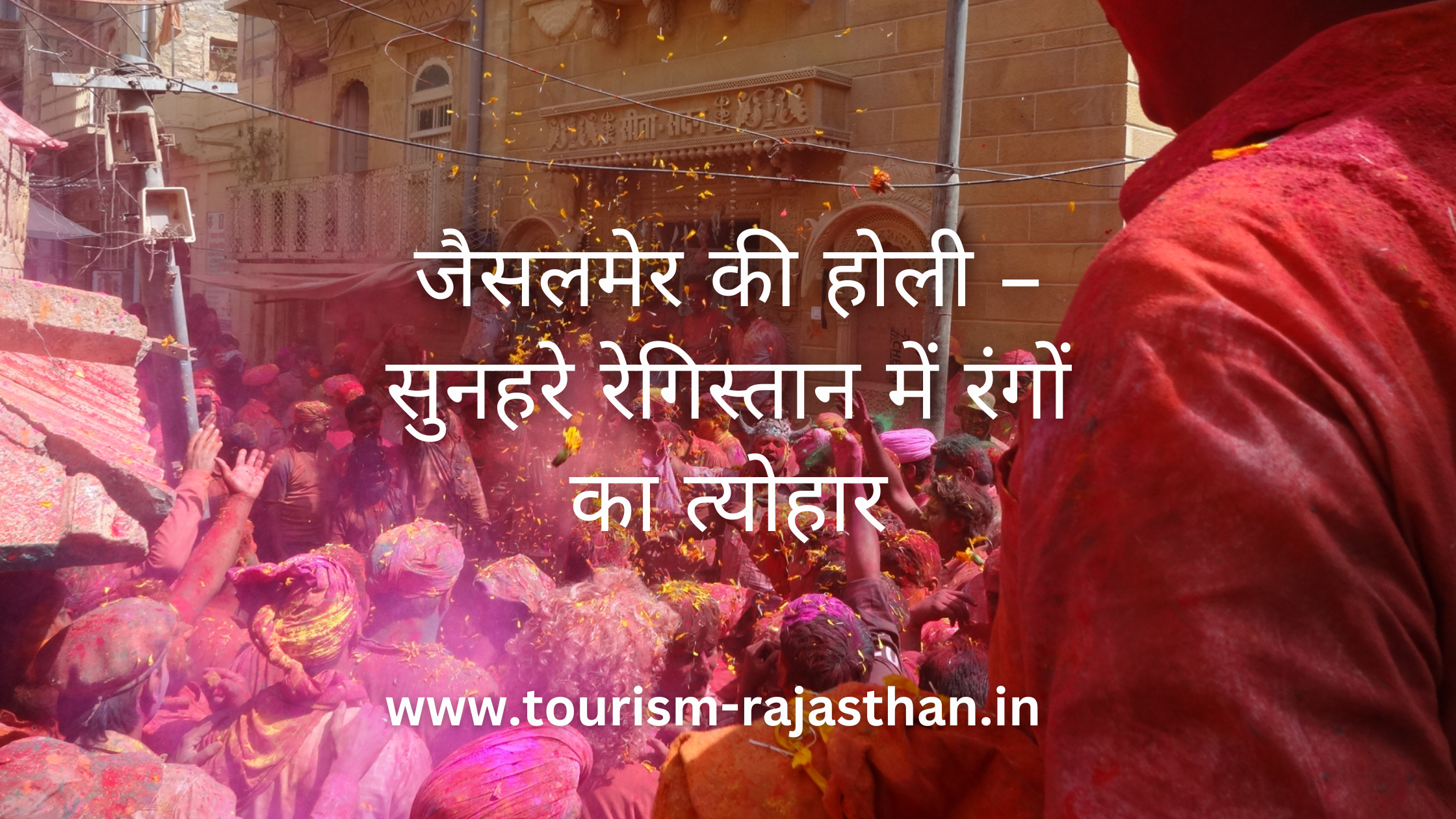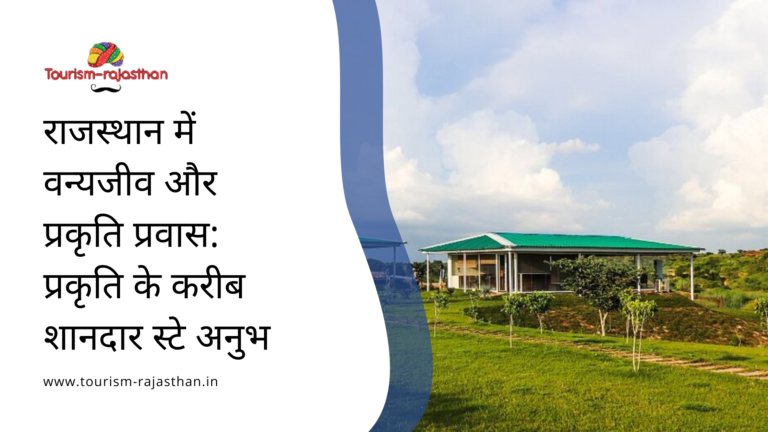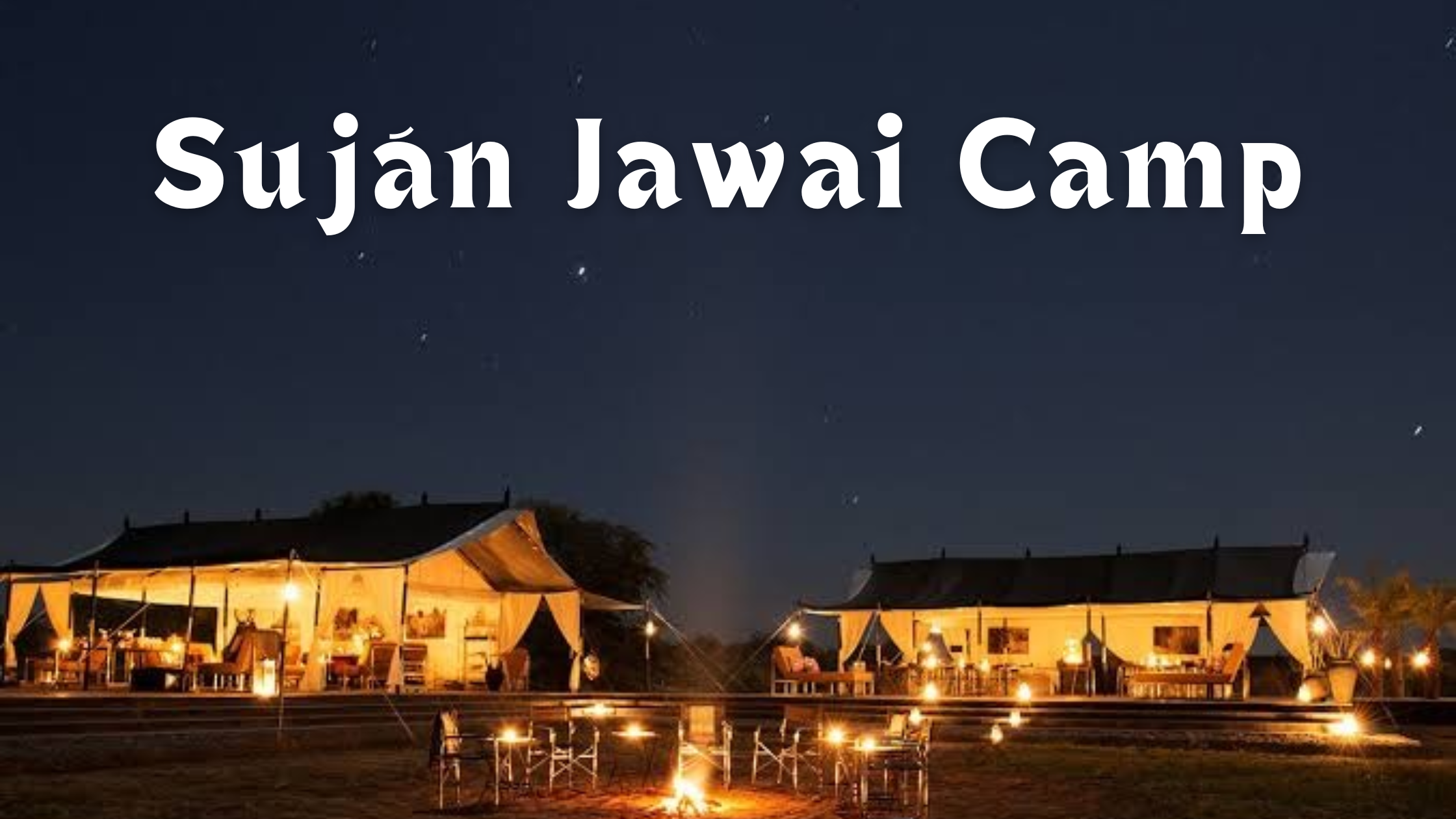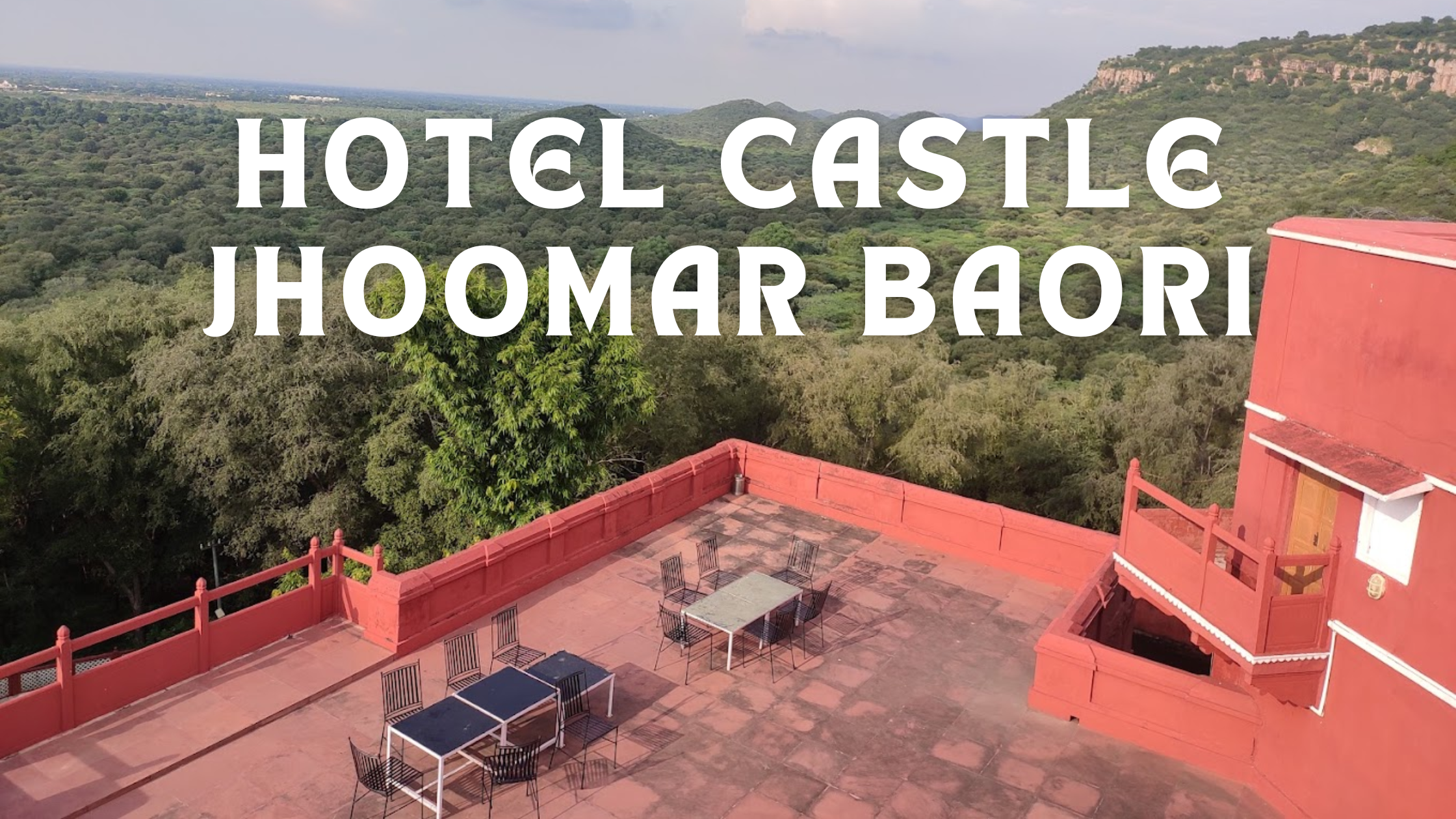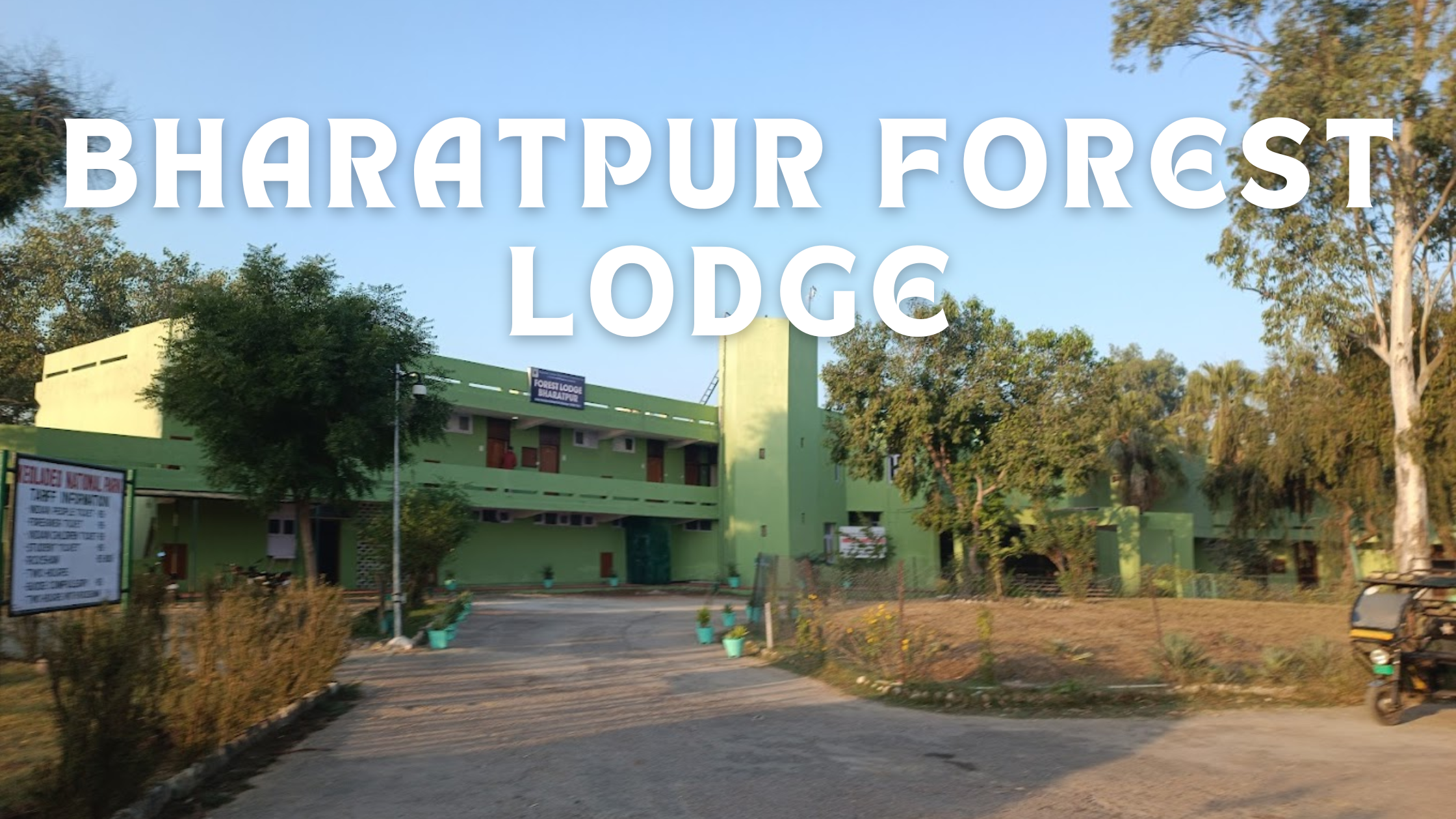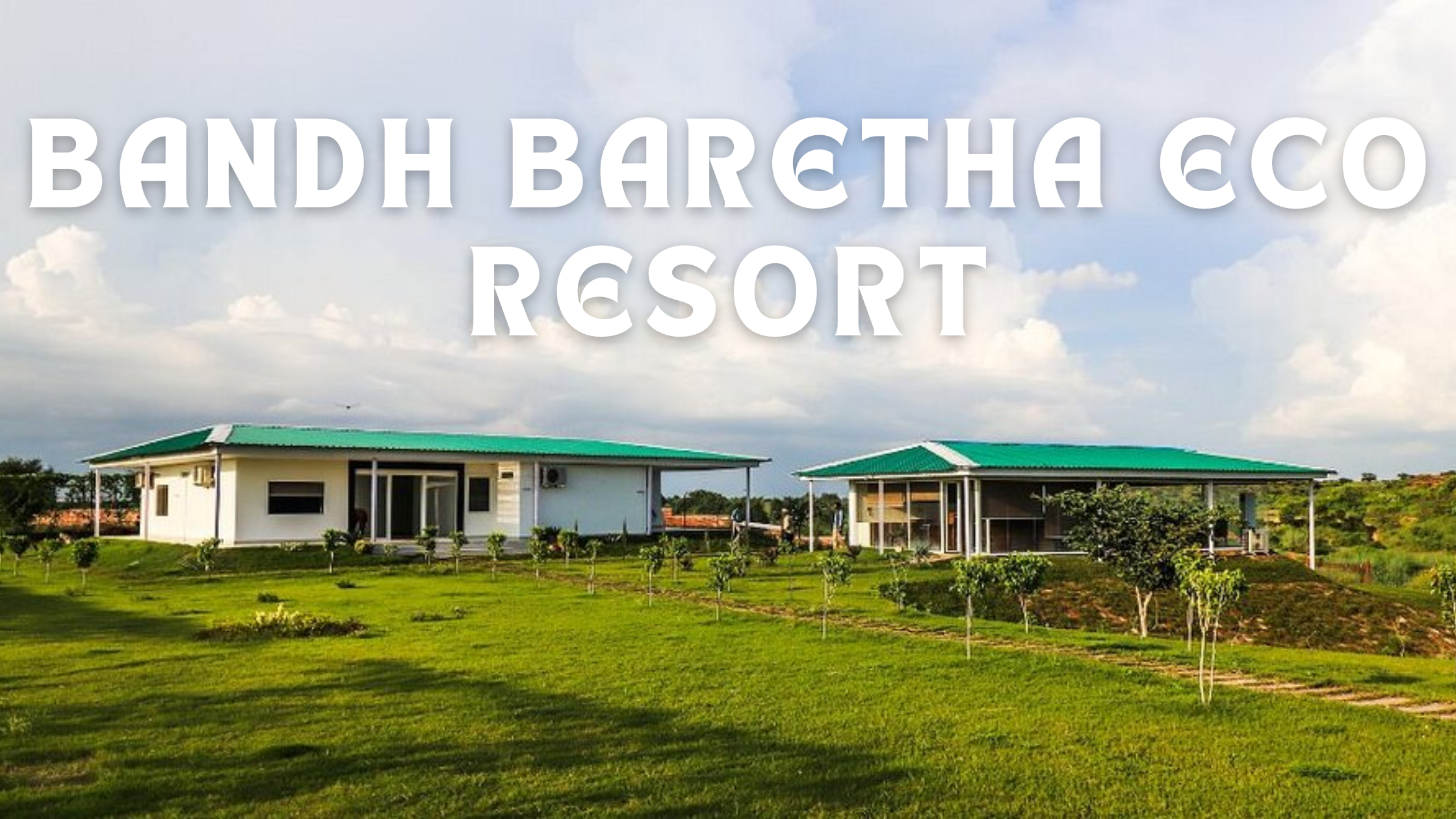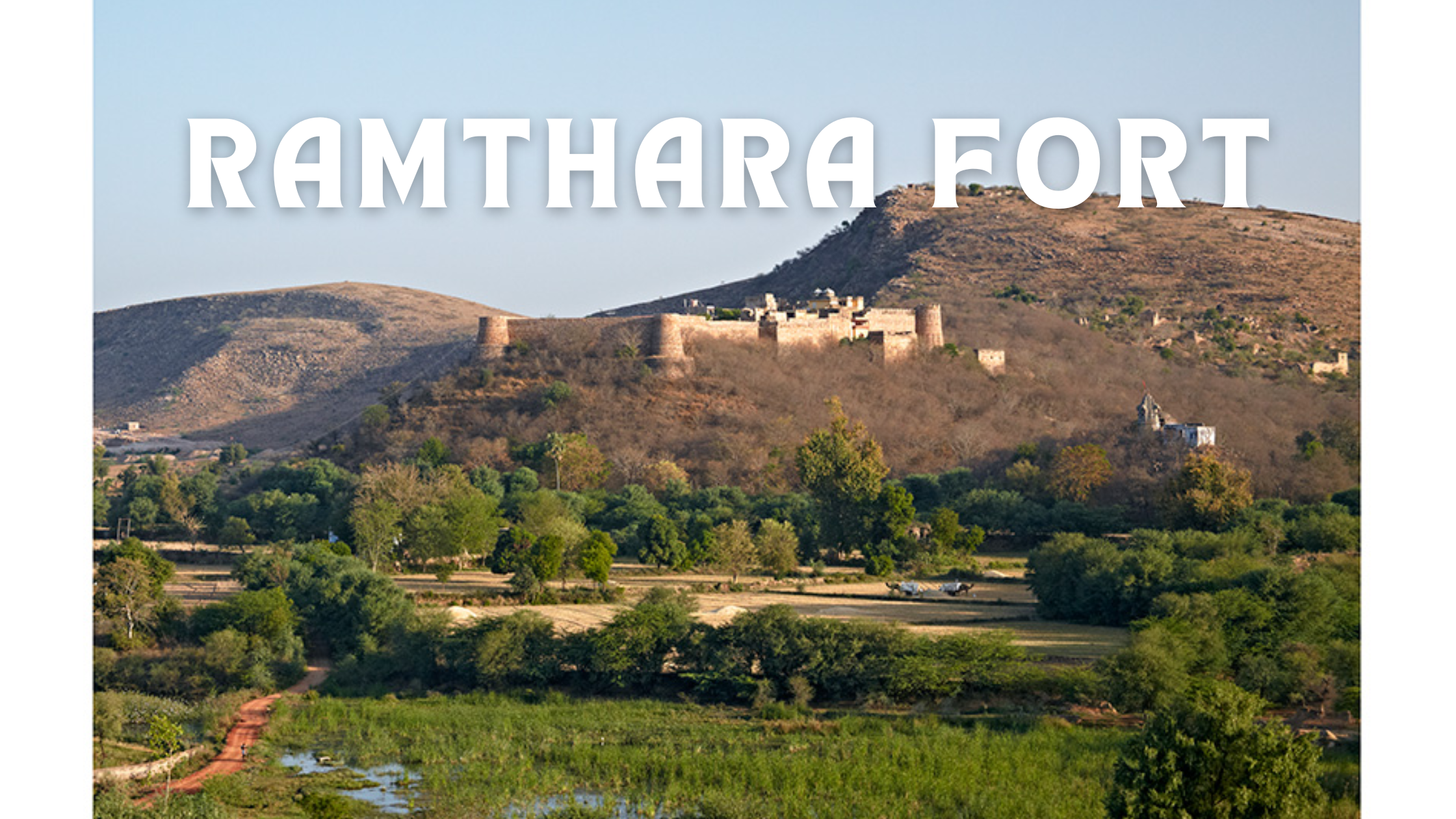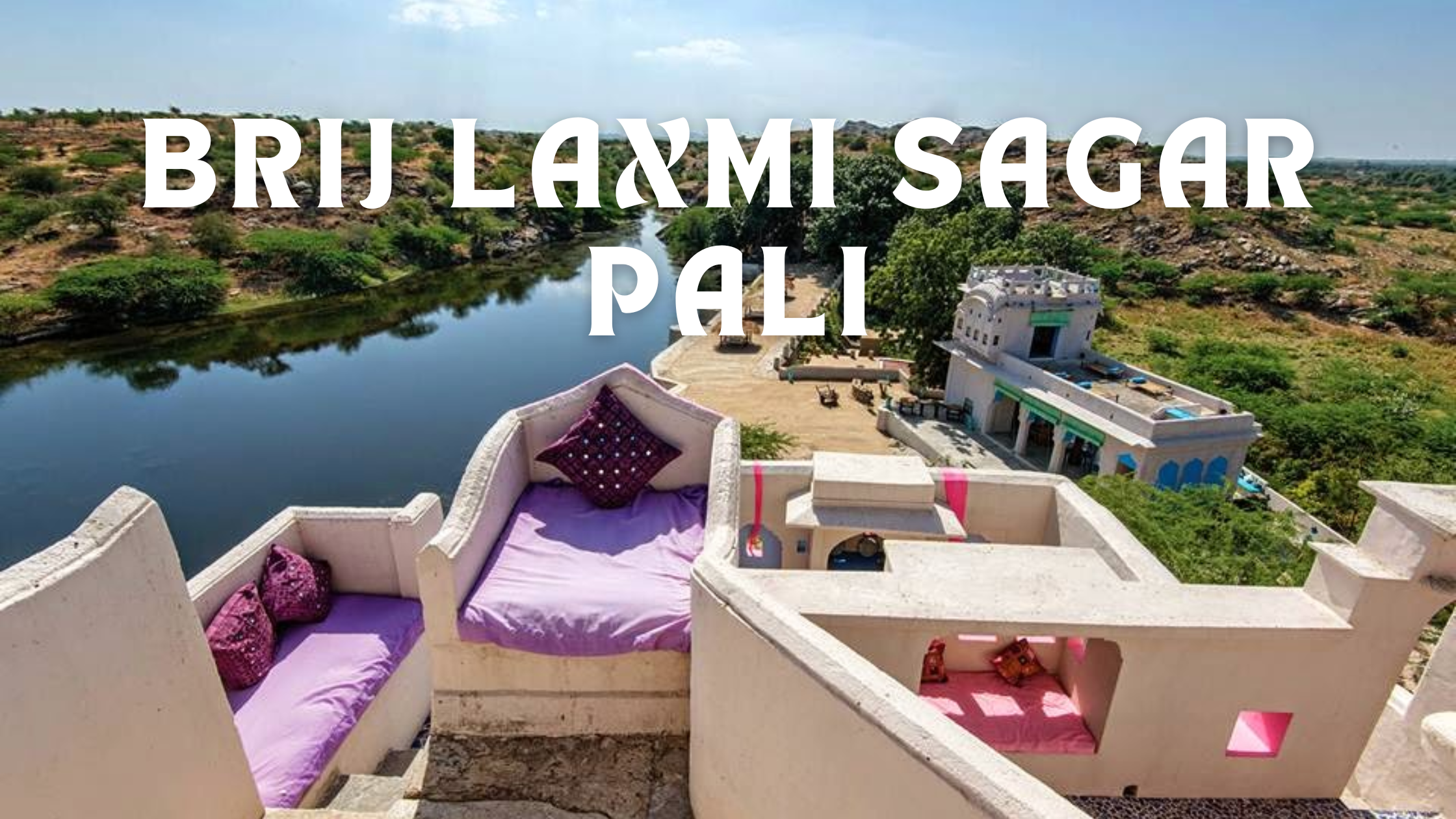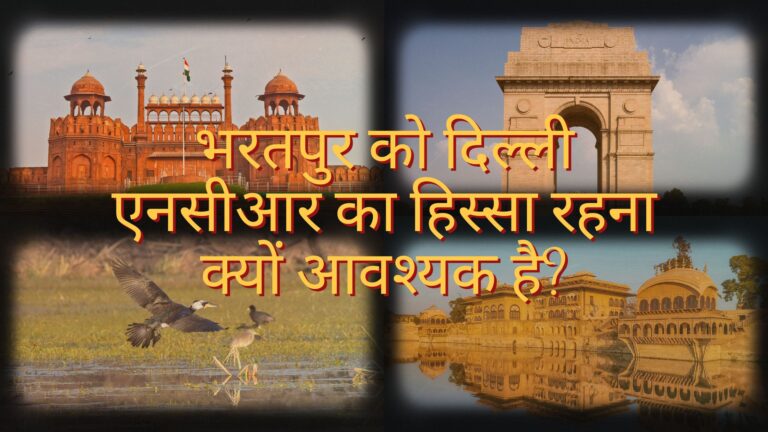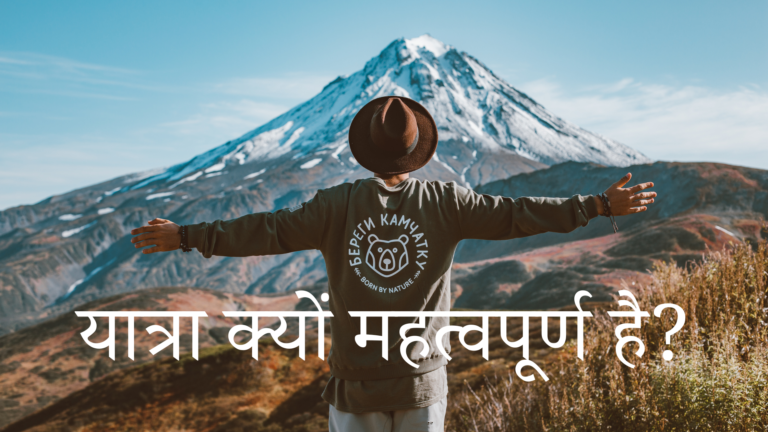राजस्थान की अरावली पर्वत श्रृंखला न केवल भारत की सबसे पुरानी पर्वत श्रेणी में से एक है, बल्कि यह राजस्थान के पारिस्थितिकी संतुलन को बनाए रखने में भी महत्वपूर्ण भूमिका निभाती है। यह पर्वत श्रृंखला जल संरक्षण, वन्यजीवों के लिए प्राकृतिक आवास, और जलवायु संतुलन बनाए रखने का कार्य करती है।
हालांकि, अवैध खनन, वनों की कटाई, शहरीकरण और जलवायु परिवर्तन के कारण अरावली श्रेणी पर गंभीर संकट मंडरा रहा है। इसे पुनर्जीवित करने के लिए सरकार, स्थानीय प्रशासन और गैर-सरकारी संगठनों (NGOs) द्वारा अरावली पुनर्स्थापन कार्यक्रम चलाए जा रहे हैं।
अरावली पर्वत श्रृंखला का महत्व
- यह राजस्थान और हरियाणा में जल संरक्षण और हरित आवरण प्रदान करती है।
- अरावली के वन थार रेगिस्तान के फैलाव को रोकते हैं, जिससे जलवायु संतुलन बना रहता है।
- यह सैकड़ों वन्यजीवों और जैव विविधता के लिए प्राकृतिक आवास का कार्य करती है।
- अरावली श्रेणी में स्थित जल स्रोत दिल्ली, हरियाणा और राजस्थान के लिए महत्वपूर्ण हैं।
अरावली पुनर्स्थापन के मुख्य कारण
- अवैध खनन और वनों की कटाई – खनिज दोहन के कारण अरावली की पारिस्थितिकी को नुकसान हुआ है।
- जल स्रोतों का सूखना – जलवायु परिवर्तन और अत्यधिक दोहन के कारण झीलें और नदियां सूखने लगी हैं।
- वन्यजीवों की आबादी में गिरावट – प्राकृतिक आवास नष्ट होने के कारण जैव विविधता पर संकट आया है।
- शहरीकरण और अनियंत्रित निर्माण कार्य – कई क्षेत्रों में भूमि उपयोग परिवर्तन के कारण हरित आवरण कम हो गया है।
अरावली पुनर्स्थापन के लिए चलाए जा रहे प्रमुख कार्यक्रम
1. ग्रीन अरावली योजना (Green Aravalli Scheme)
- राजस्थान सरकार द्वारा अरावली पर्वत को पुनर्जीवित करने के लिए वृक्षारोपण अभियान चलाया जा रहा है।
- 2021 में राजस्थान वन विभाग ने अरावली पुनर्स्थापन को लेकर विशेष योजना शुरू की।
- इसके तहत स्थानीय समुदायों को वनों की रक्षा और वृक्षारोपण में शामिल किया जा रहा है।
📍 स्थान: जयपुर, अलवर, झुंझुनू, सीकर, अजमेर
🌱 उद्देश्य: वृक्षारोपण और पारिस्थितिक पुनर्जीवन
2. अरावली जल पुनर्जीवन कार्यक्रम (Aravalli Water Rejuvenation Programme)
- इस पहल के तहत जल संरक्षण और वर्षा जल संचयन को बढ़ावा दिया जा रहा है।
- अरावली क्षेत्र में छोटी झीलों, तालाबों और नदियों के पुनर्जीवन पर ध्यान दिया जा रहा है।
- जल संकट से जूझ रहे क्षेत्रों में परंपरागत जल स्रोतों को पुनर्जीवित किया जा रहा है।
📍 स्थान: अलवर, भरतपुर, सिरोही, पाली
💧 उद्देश्य: सूख चुके जल स्रोतों को पुनर्जीवित करना
3. अरावली जैव विविधता संरक्षण परियोजना (Aravalli Biodiversity Conservation Project)
- यह परियोजना अरावली में जैव विविधता की रक्षा और वनों के पुनर्स्थापन पर केंद्रित है।
- वन्यजीवों के लिए प्राकृतिक गलियारों को बहाल किया जा रहा है, जिससे उनके आवास सुरक्षित रह सकें।
- इस परियोजना के तहत स्थानीय समुदायों को संरक्षण में भागीदार बनाया गया है।
📍 स्थान: सरिस्का टाइगर रिजर्व, कुम्भलगढ़ वन क्षेत्र, माउंट आबू
🐅 उद्देश्य: वन्यजीव आवासों का पुनर्जीवन
4. गैर-सरकारी संगठनों (NGOs) द्वारा अरावली पुनर्स्थापन प्रयास
ट्रस्ट फॉर रेजुवेनेशन ऑफ एनवायरनमेंट एंड नेचर (TREN)
- यह संगठन अरावली की पारिस्थितिकी को बचाने के लिए स्थानीय ग्राम समितियों को जोड़कर सामुदायिक वनीकरण कर रहा है।
- वृक्षारोपण के साथ-साथ जैव विविधता संरक्षण पर कार्य किया जा रहा है।
आई अम गुड़गांव (I Am Gurgaon)
- गुरुग्राम स्थित यह संगठन अरावली जैव विविधता पार्क को पुनर्जीवित करने में कार्यरत है।
- स्थानीय युवाओं और समाजसेवियों को इस मुहिम से जोड़ा गया है।
अरावली संरक्षण में सरकार की भूमिका
सरकार ने हाल ही में अरावली संरक्षण के लिए कठोर कदम उठाने की घोषणा की है:
- अरावली में अवैध खनन पर प्रतिबंध लगाया गया है।
- अवैध निर्माण हटाने के लिए सख्त नियम बनाए गए हैं।
- ‘मिशन अरावली’ के तहत जैव विविधता पुनर्स्थापन पर जोर दिया जा रहा है।
- सरकारी स्कूलों और कॉलेजों में ‘अरावली संरक्षण पाठ्यक्रम’ शुरू किया गया है।
अरावली पुनर्स्थापन में स्थानीय समुदायों की भूमिका
- ग्राम पंचायतें और स्थानीय लोग वृक्षारोपण और जल संरक्षण में योगदान दे रहे हैं।
- स्कूलों और कॉलेजों में जागरूकता कार्यक्रम चलाए जा रहे हैं।
- स्थानीय किसानों को ऑर्गेनिक फार्मिंग और जल बचत तकनीकों के लिए प्रशिक्षित किया जा रहा है।
कैसे जुड़ सकते हैं अरावली पुनर्स्थापन अभियान से?
🌿 स्थानीय वृक्षारोपण कार्यक्रमों में भाग लें।
💧 जल संरक्षण और वर्षा जल संचयन को अपनाएं।
🐦 वन्यजीवों के संरक्षण और पर्यावरण जागरूकता अभियानों में हिस्सा लें।
🚯 प्लास्टिक और प्रदूषण को कम करने के लिए सतत प्रयास करें।
अरावली पुनर्स्थापन – एक सामूहिक जिम्मेदारी
अरावली पर्वत श्रृंखला राजस्थान के लिए एक पारिस्थितिक रीढ़ की तरह है, जिसे बचाना हमारी सामूहिक जिम्मेदारी है। सरकारी योजनाओं, गैर-सरकारी संगठनों और स्थानीय समुदायों के समन्वय से ही हम अरावली को पुनर्जीवित कर सकते हैं और आने वाली पीढ़ियों के लिए एक बेहतर पर्यावरण दे सकते हैं।



